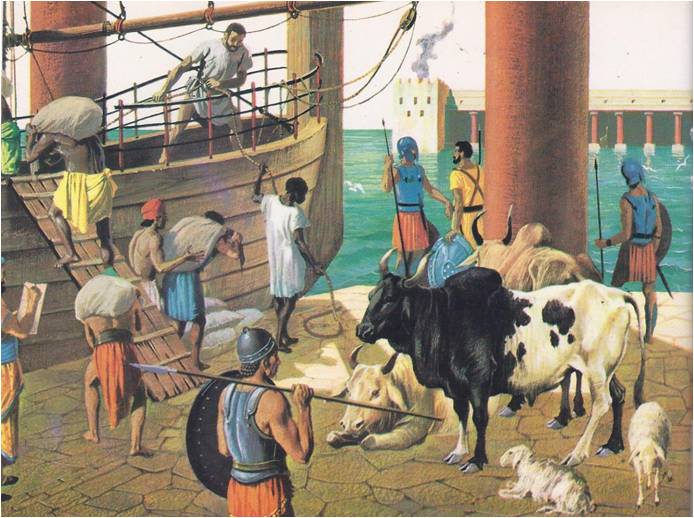In 264 B. C., the people of Rome met in a noisy session of their assembly. The question before them was: “Peace or War?” The Roman legions had proved their strength in winning all of Italy. Now the time had come to decide whether or not to risk the troops in wars away from the peninsula. Meeting with the assembly was a representative from Messana, an independent town on Sicily, just across the narrow channel from the tip of Italy. Troops from Carthage had attacked the town and captured it. Now Messana begged for help from Rome. The Senate, knowing …
Read More »








